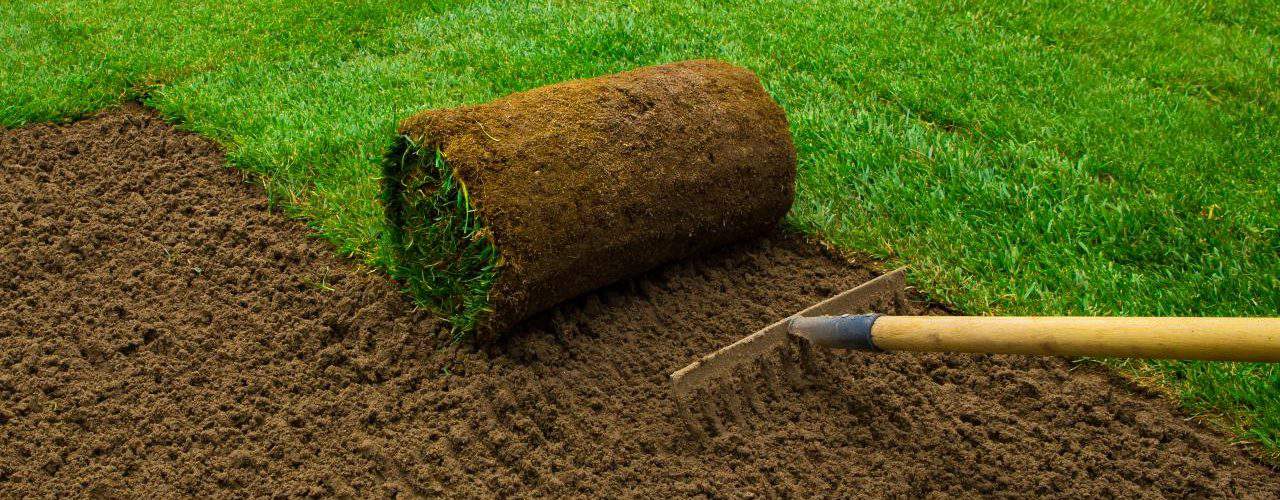A lush, green lawn is a landscape feature most homeowners desire. Pass by a house that has a well manicured, lawn and you will immediately get the impression that it is a home where the owners care about maintaining their property. Besides giving your home great curb appeal, there’s something wonderful about walking barefoot through the soft, carpet-like blades of grass.
There are two ways to develop a lawn. The first is through seeding. Basically, you are starting from scratch and need to wait a long time for the lawn to flourish. While seeding a lawn is relatively inexpensive, it also requires much more maintenance until it becomes thick and mature. Laying sod, on the other hand gives the homeowner a much better chance of having a great lawn in a short period of time.
Before you decide to sod your lawn yourself, you must ask yourself if you’re up for the job. It is physically demanding work as you will be lifting heavy pieces of sod, walking back and forth, bending and, usually doing all of this in a hot sun. Whether you choose to do it yourself or hire a professional, there are a number of basic steps to establishing a sod grass lawn.
The first thing you need to do is prepare the area where you are going to lay the sod. The ground should be cleared and leveled as much as possible. Remove any rocks, cut out any obstructive roots and pull any weeds.
Rake your soil so that it is loose and evenly distributed. If it is of a low quality, very hard or dry, you may need to add some topsoil and fertilizer. Once you have the area raked and leveled, make sure it is moist, but not overly soaked. You can water it over night if need be so it will be moist when you begin to lay the sod.
Choose the appropriate type of grass for your climate. Warm weather grasses for parts of the country that have year round warm weather include St. Augustine and Bermuda. These do well in the hot summer and become dormant during the winter. For colder climates, Kentucky Bluegrass or Zoysia makes sense.
Once you have picked out your sod, it will be delivered on pallets in strips one to two feet wide and maybe four to ten feet long. It will either be rolled or stacked and should be a consistent green. The soil it is attached to should be moist and thickly rooted. Keep out of direct sun until you start laying your lawn.
Start by laying the first row in a straight line, making sure to butt each pieceup closely against the previous piece. The second row should be staggered so that the seems do not line up (similar to how one would build a brick wall). Continue this pattern until you have covered the area. Using a machete or just a sharp utility knife, cut smaller pieces to fill in the gaps and trim around difficult areas. Be careful not to cut too small a piece as it can easily dry out and die. For small areas that need filling, just add some loose soil.
Now roll over the lawn with a roller you can buy or rent at your local home improvement store. This will remove any air pockets and assure good contact with the soil.
Finally, you will need to water it thoroughly, every day for the first 3 weeks and then every other day for the next 3 weeks. Keep you lawn moist and in a few months you will have a well established lawn you can be proud to own.
Tags: Laying sod, should you lay sod beside a home.Related Posts
- How to Seed a Lawn?
- How to Plant a Lawn?
- How to Resod a Lawn?
- How Long Does it Take for Grass Seed to Germinate?
<>






